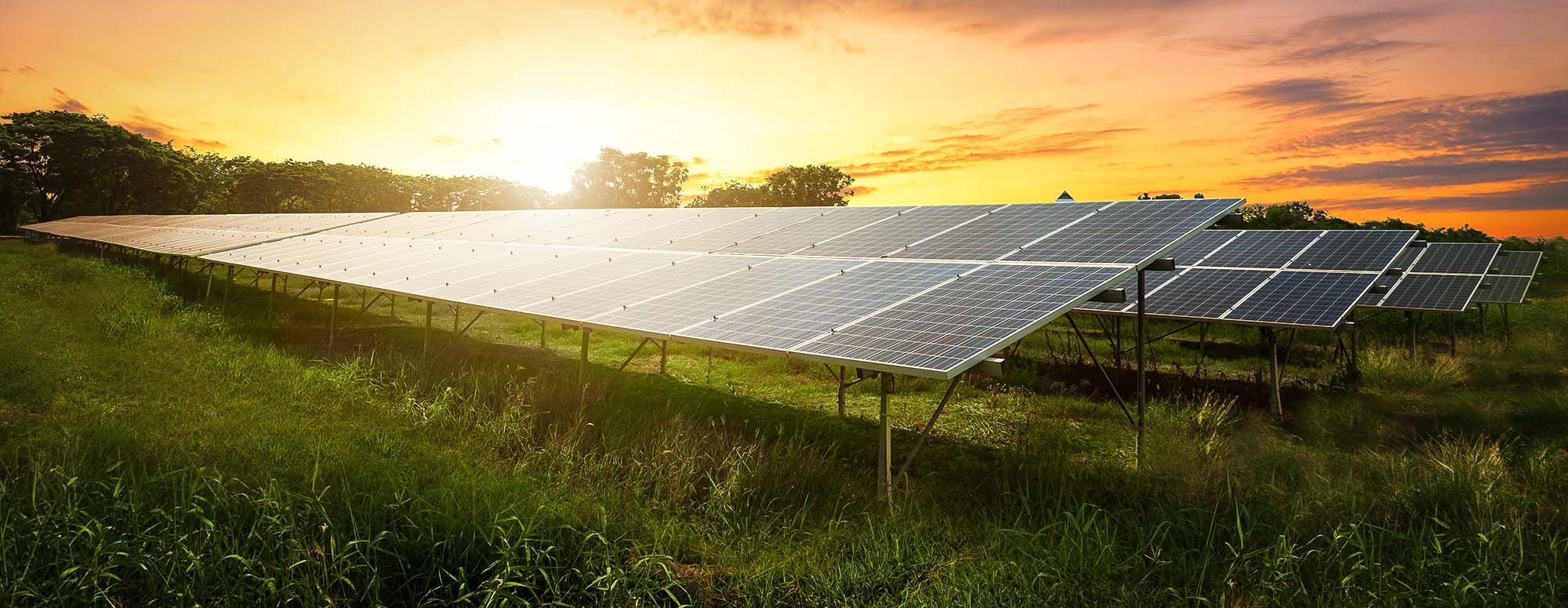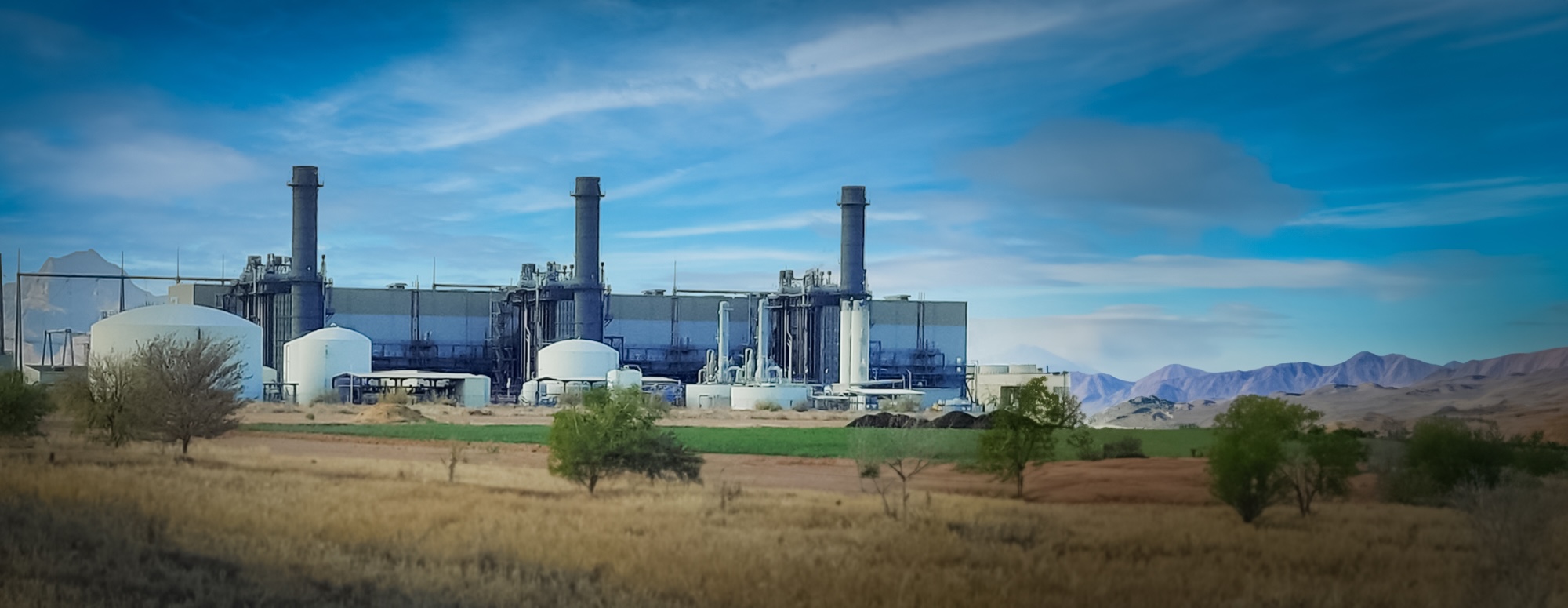Comparing types of energy generation
There are various types of power generation technology. Each has different attributes and each can have a role in ensuring a reliable, affordable and sustainable electricity grid.
| Type | Life span (years) | Reliability (available 24/7) | Lead time1 (years) | Lifecycle emissions (gCO2e/KWh) | Physical footprint | Generation capacity3 |
|---|---|---|---|---|---|---|
Solar2 | 20 | No | 5+ | 46 | Larger | Small |
Wind2 | 20 | No | 5+ | 12 | Larger | Small |
Gas | 30 | Yes | 5+ | 469 | Smaller | Large |
Hydro2 | 100 | Yes | 7-10 | 4 | Larger | Large |
Nuclear2 | 60 | Yes | 10+ | 16 | Smaller | Large |
Download the infographic
Source: CNA Factbook (2023): 1 Lead time includes project development, site selection, regulatory approvals, licensing, and construction. 2 Technologies are GHG emissions free during production. 3 Amount of electricity produced per facility
A balanced energy future

Nuclear
SMRs and nuclear energy can be a source of baseload power with minimal lifecycle emissions. Clean baseload power capacity will be a critical component of decarbonizing power grids and enabling higher levels of renewable generation.

Renewables
Wind and solar are essential to Alberta's energy transition. These renewable sources provide low-cost energy with no carbon emissions, but are intermittent in nature given their dependence on the wind and the sun. Electricity systems require other types of capacity to provide backstop, baseload and firming power to support renewables.

Natural gas
Natural gas generation provides a critical role in ensuring reliable and affordable electricity and currently provides baseload, peaking and backstop generation. It does result in higher greenhouse gas emissions relative to other technologies, though carbon capture, utilization and storage and other developments will reduce the carbon footprint of natural gas generation.


